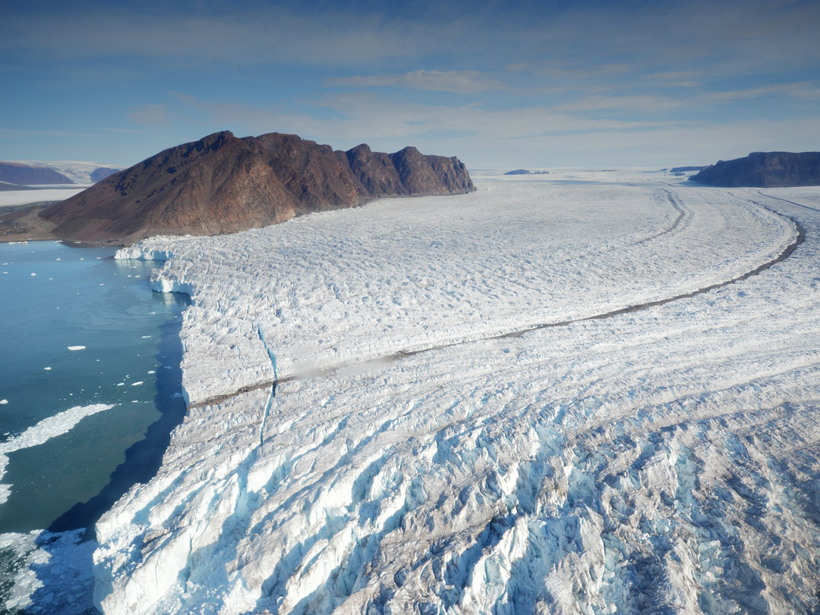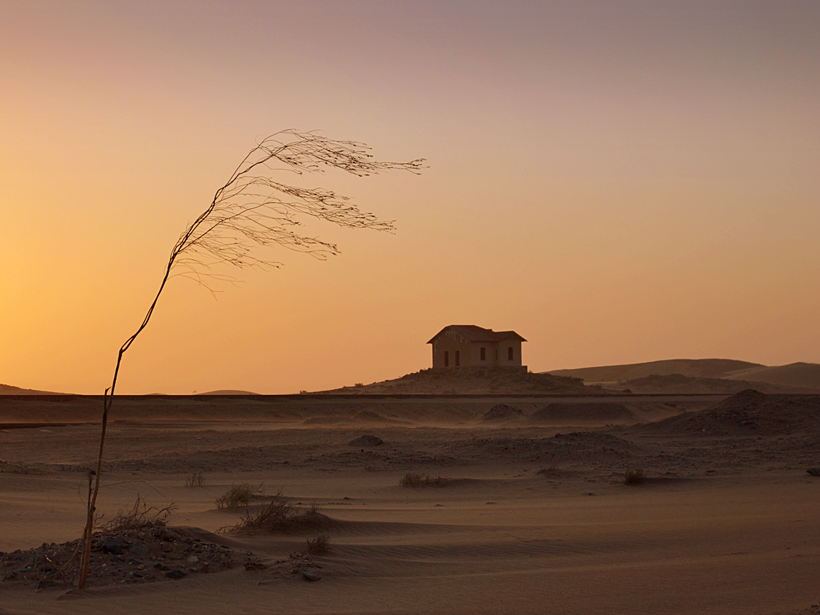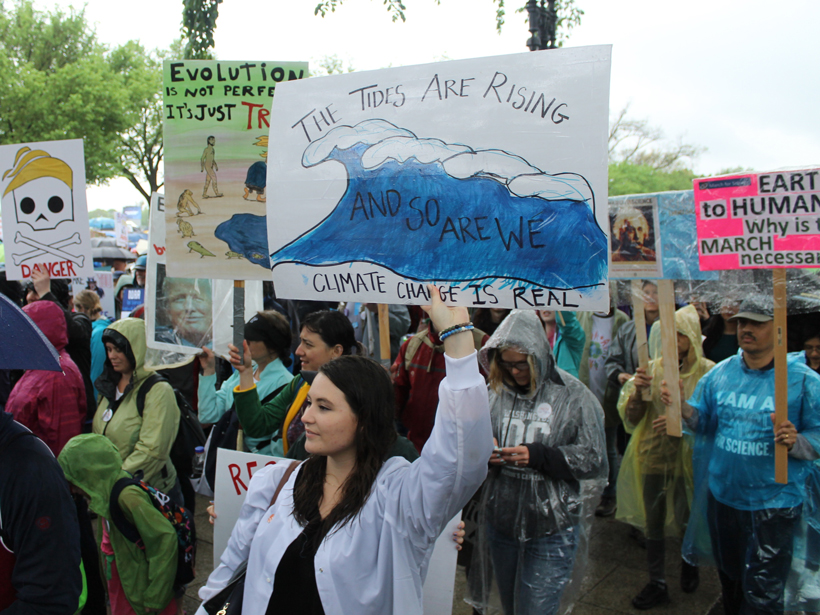It depends on where, when, and how.
Climate Change
Optical Sensors Can Shed Light on Particle Dynamics in the Ocean
First TOMCAT Workshop; Southampton, UK, 12–14 September 2016
New Technique Reveals Iceberg Calving Process
Researchers used unmanned aerial vehicle data to model the growth of a fracture that broke a 1-kilometer-long iceberg off a Greenland glacier.
More Intense Rains in U.S. Midwest Tied to Farm Mechanization
Replacement of horses by machines since the 1940s allowed central U.S. farmers to change the crops they planted, which may have altered regional climate.
Climate Change’s Pulse Is in Central America and the Caribbean
Nations that border the Gulf of Mexico and Caribbean Sea are ideally placed for tracking the effects of global climate change and testing innovative ways to adapt to future changes.
Iceberg Surge During Last Deglaciation May Have Had Two Pulses
Seafloor sediment cores provide new clues that could help clarify the influence of ice sheet collapse on a period of ocean cooling marked by slowed deepwater circulation.
New Tool for Understanding Landscape Evolution in Drylands
Combining vegetation distribution models and sediment transport models offers a better understanding of how dryland environments change in response to different factors.
Management Strategies for Sustainable Western Water
U.S. National Science Foundation Workshop: Quenching a Thirsty West; Lake Tahoe, Nevada/California, 29–30 August 2016
Thousands March Worldwide in Support of Science
Science enthusiasts descended on the National Mall in Washington, D. C., and demonstrated in more than 600 cities and other places globally in support of science and evidence-based decision-making.
Could Stratospheric Ozone Depletion Make Hadley Cells Expand?
Convection-driven Hadley cells are expanding poleward. Scientists now may have uncovered part of the reason why.










